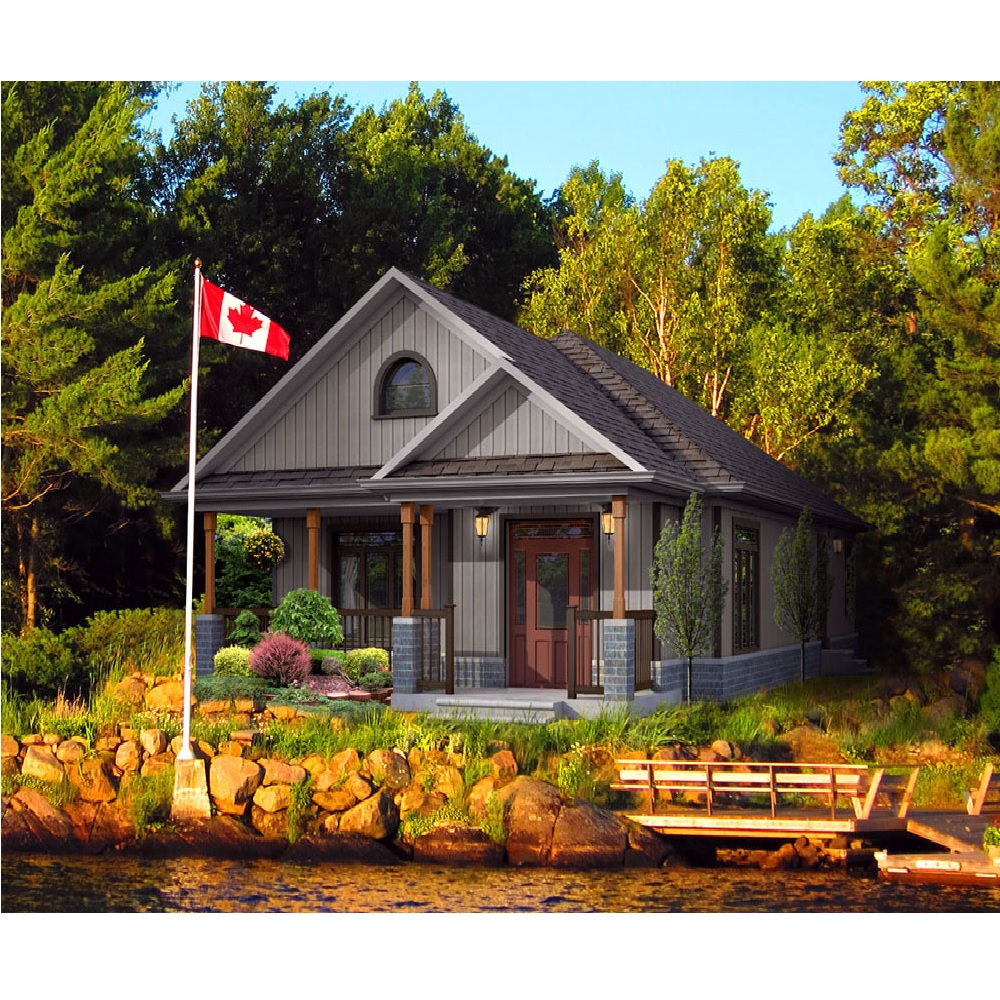Cottage Life or Cottage Strife?

Estimated reading time: 55 seconds
Time spent at the family cottage creates a legacy of priceless memories.
The kids and grandchildren love it. So do you.
And the longer you have owned it, the greater its market value.
Emotional appreciation is enjoyed tax-free (until further notice) but financial appreciation gets taxed.
When you and your spouse die, the tax department (Canada Revenue Agency or “CRA”) considers it as if you sold the cottage at the current market value and the difference between your original cost and its current value (called ‘capital gains’) gets taxed. The tax rate on capital gains is approximately 23% in Ontario so a cottage bought for $100,000 and now worth $500,000 will owe approximately $100,000 of taxes.
If your estate has too little cash to pay your final tax bill, your heirs may be forced to sell the cottage and liquidate other assets just to pay the taxes due when your final tax return is filed.
If you want to keep the family cottage in your family, consider these more affordable strategies:
- Transfer the cottage to your children right now and consider two accompanying pitfalls. First, you cannot sell it to your children for a song. CRA will claim that you sold if at fair market value, and then tax appropriately. Second, your children must establish their cost basis on the selling price (the lower value you tried to use), so their eventual capital gains will be that much higher!
- Establish a Cottage Trust. Unlike a testamentary trust, which takes effect when you die, this is an intervivos or living trust. Trusts are popular because they provide you with control over your assets which get distributed to the beneficiaries in the future. Intervivos trusts are usually flexible so you will not have to make any final decisions now. However, in most cases, you will be taxed on the capital gain at the time of the transfer.
- Designate the cottage as your Principal Residence. If your cottage has appreciated more than your home, this could be a good choice. It shelters the full amount of future gains if you transfer ownership to a family member now, or favourably increase the adjusted cost base of the cottage, thus reducing the taxable capital gains when you sell the cottage or die.
- Use life insurance to provide the money to pay the final tax bill on the cottage. Joint and Last-to-die Life Insurance can serve a special purpose here. When a couple buys it, the benefit will be paid on the second death when the taxes will be due. Each spouse leaves the cottage to the other either by will or by right of survivorship if owned jointly. When the surviving spouse dies, the insurance benefit is paid to the beneficiary or the estate, providing the cash needed to pay the tax bill. The cottage itself is left to the children in the will.
Enjoy your time away from the city with family and friends but don’t forget the CRA is your silent partner with a financial interest in your property.
Do what you can to ensure enjoyment for generations to come and always get professional advice before implementing any tax planning arrangements. Read this recent post: Beware of doing it yourself.
Do you need help with estate planning - for yourself or a family member?
Please be in touch if you have any questions, to arrange your own personal “Crash Test” or to get a 2nd opinion review of your current situation - all without obligation of course.
I look forward to helping you and your family.
Stay healthy!